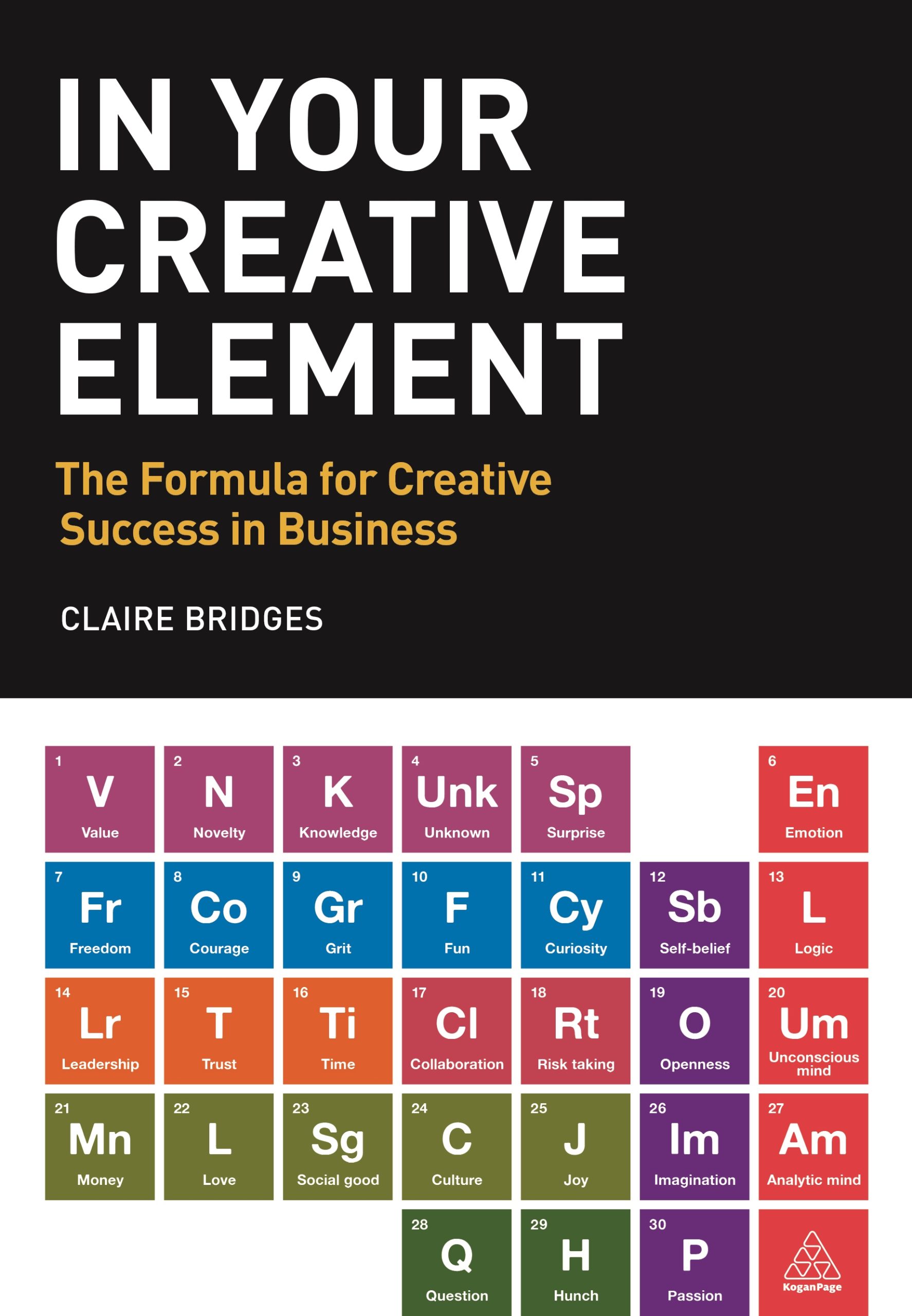‘Unexpected creativity’ is that moment you, a colleague or someone completely random finds a spark in the most unlikely of places. Such as in the FBI’s National Art Crimes department…
Whilst researching for my book In Your Creative Element, journalist Mike Peake interviewed some brilliant (if seemingly left-field) people who have to be creative in their work.
If you need (any more) proof that creativity comes in every walk of life, here’s Robert K. Wittman, formerly of the FBI and the founder of their National Art Crimes team.
It was his job to ensnare the forgers and thieves and bring them to justice, and during the 11 years he was undercover (putting priceless Picassos, Monets and Rembrandts back into the hands of their rightful owners), creativity drove his every move.
What’s your definition of creativity, Robert?
“It’s being able to manipulate and change actions to fit a specific goal. It’s all about good preparation and it takes desire and knowledge. And then it’s also about being able to mould your actions to fit the specific situation and get your desired result.”
In what ways did you have to be creative at work?
“You create identities and you create different scenarios in order to try and catch the thieves and recover the paintings. In each case you look at what the actions are and come up with the best way to accumulate the proof that they were doing whatever it was they were doing.
It was different for every case and you’d have to create new scenarios for each specific investigation. What you’re constantly doing is playing chess with the criminals and trying to get them to implicate themselves.”
Juggling identities – and maintaining the charade – must have tapped into your creativity in a big way.
“For sure. The secret to working undercover is to keep things as true to life as possible. It’s OK to be creative, but you don’t want to become so creative that you can’t remember what the hell you said six months ago. On one case I might be an authenticator for the eastern Russian mob, another I might be a professor doing authentication, a shady dealer, or just a buyer.”
On the other side of the fence, do criminals in the art world often exhibit creativity?
“They’re very creative. In forgery cases they have to create something that has at least some resemblance to the originals. And as for thieves, sure, they have to think of how they’re going to make the crime happen, whether they’re going to dress as maintenance people or case out a location to see when the best time to hit it would be, and they have to be creative in trying to sell what they stole without being caught.
The more successful ones are methodical and patient in the beginning, but once they had some success they typically became less patient and then they got caught.”
Do you have a special place you like to go to when trying to tap into your creative juices?
“I don’t think I do – I think I generally just sit and think about it for a few minutes… and then have another beer and a cigar.”
So how does this tie into my book? Well, if Robert’s back stories and his Imagination (Im) had been lacking, the bad guys would have run rings around him. Knowledge (K) and Memory (Me) were equally as important, whilst Preparation (Pp), Analysis (An), Courage (Cg) and establishing Trust (T) with the criminals were also key. The list goes on!
Robert wrote a book about his time recovering art and now runs his own business which helps protect and recover individuals’ art investments: robertwittmaninc.com
- Grab your free chapter of my book of In Your Creative Element here. And if you’d like to know which of our many creativity training courses can help you tap into some unexpected creativity, drop lucy@nowgocreate.co.uk a line.

